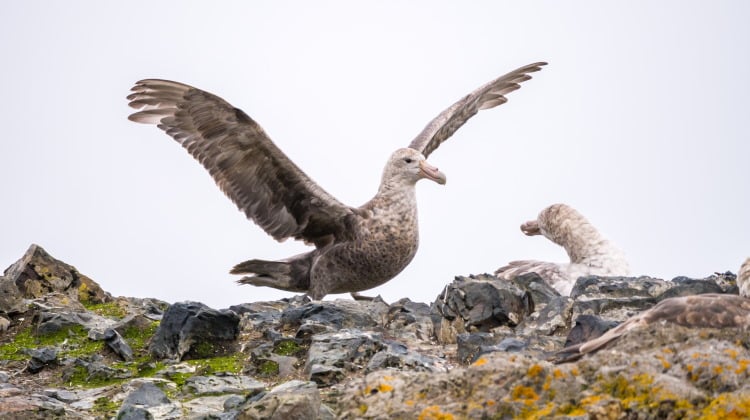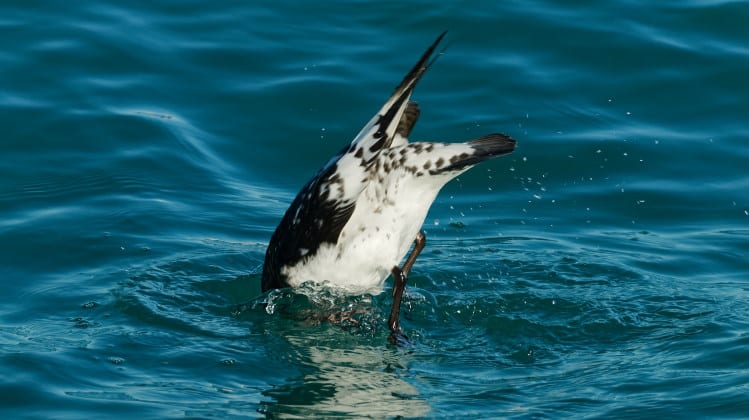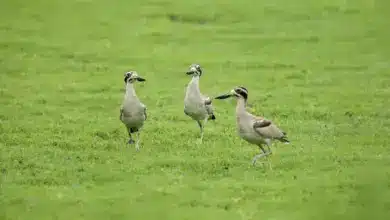Some birds are able to glide for long periods of time, seemingly effortless. They do this in response to gentle sea breezes. Soaring birds, on the other hand, can take advantage of warm air currents to reach great heights while conserving energy.
We are often intrigued by the flight of smaller birds such as sparrows and pigeons. We will try to answer the question, “How do birds flight?” by studying the science of bird flight.
The aerodynamic shape of the bird, the feathers covering its body and wings, as well as the forces of lift, drag and thrust, are what allow it to fly, glide and, ultimately, land safely.
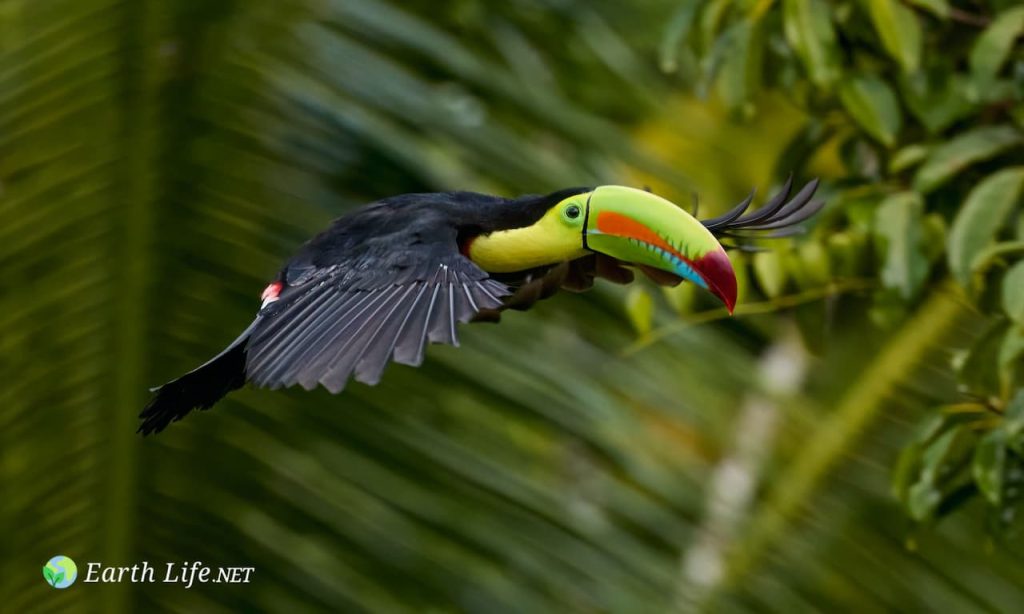
Do All Birds Have Two Wings?
All birds have two wings, including flightless birds. Birds that suffer a broken wing are at a high risk of death.
What type of wings do birds have?
Types of bird wings
There are four types of general wing:
Elliptical wings
Bats, and many small birds that live in the forest or scrub such as sparrows and robins have elliptical wings. These wings are designed to provide a high level of control, maneuverability and minimizing drag for rapid ascents and descents. The wing beat is typically rapid. Elliptical wing feathers are slotted tightly between the primary ones, which prevents stalling when making sharp turns or landing frequently.
High Speed Wings
Ducks, shorebirds, swallows and falcons all have wings designed to fly fast. Birds which migrate or feed while flying. The wings are tapered and the bones are long to achieve high speed flight with minimal drag and low energy expenditure. The wings must be flapped to allow for short glides or descents. Flaps are small and rapid. This type of wing can be aerodynamically effective for high-speed flights, but it cannot keep a bird airborne when flying at lower speeds.
Long Soaring Wings
The wings of seabirds such as terns, albatrosses and gannets are usually longer. Wings have a similar aspect ratio to sailplanes. Open spaces enable long wings that can generate good lift without a lot of energy expenditure. These wings are also designed for dynamic and high-speed soaring. They are less maneuverable than land soarers with their wide, slotted wing. Birds that have this type of wing are able to glide over vast expanses and take advantage of the sea breezes. The birds have to run into the wind and then take off in order to get up off the ground. They usually land on water.
Wide Soaring Wings
Vultures, condors and eagles have broad wings that provide high lift. These wings, which are relatively short and wide, allow for landings and takeoffs in confined spaces, as well as high lift and low-speed soaring. These birds are mainly land soarers, with the ability to manoeuvre in the air currents above land.
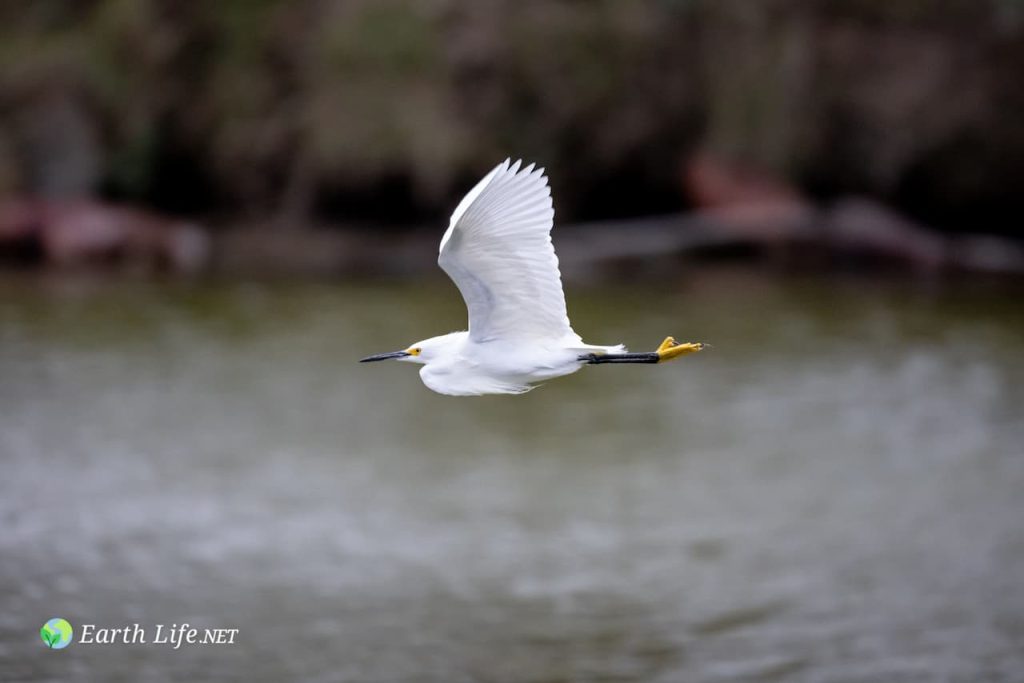
Can the shape of an avian’s wings influence its flight?
Both wing shape and wing movements are important in helping birds fly. Three common wing shapes and their effect on the way birds fly.
Physical Features
The following characteristics are found in flying birds:
Lightweight, smooth feathers reduce the weight and drag forces
A beak instead of heavy jaws, teeth and bony structures reduces the force.
An enlarged breastbone, called a “sternum” for flight muscles attachments – this aids with the thrust
Light bones – the bones of a bird are hollow, with air sacs. They also have thin, cross-shaped pieces that make them stronger. This reduces weight.
A rigid skeleton provides firm attachments for powerful muscles that help with thrust.
A streamlined body reduces the drag force
Wings – These enable the force of lifting.
Lift, drag, weight, and thrust are all necessary to achieve effective bird flight. Each force is important in its own way.
Lift
As a bird flaps his wings, the air moves faster on its upper surface. The surrounding air pressure is reduced, and the bird is ‘lifted’ higher into the skies.
Drag
The resistance created by the air pushing on the bird. The friction between the bird’s wings and its surface slows flight speed.
Weight
Birds use their lightweight feathers and hollow bones to fly higher in the air, despite the gravity pulling them down. The curved shape of the wings helps to lift the bird.
Thrust
A bird’s wings are flapping to generate the forward motion required to lift off and propel itself through the air.
We will discuss when birds acquire the ability to fly and why certain birds never get off the ground. Continue reading to find out more about the way birds fly.
Gliding
The bird does not have to work when it glides. The wings do not flap and are kept out at the side. The wings are held slightly at an angle as they move through the air. This deflects air downwards, causing a reaction that is lift. There is drag ( resistance ) on the body of the bird, which means that the bird will occasionally tilt forward or dive to maintain its forward speed.
Soaring
A soaring flight is an advanced form of glide. Thermals are used by birds to soar over land. The air rising allows the bird to maintain its height in relation to the ground. Albatross soar for hours without flapping their wing. They weave an S-pattern over the tops of waves and troughs using dynamic. Albatross use soaring techniques to sustain their long-term voyages.

How Do Feathers Help Birds Fly?
The feathers on the bird’s wings and tail help it to fly, balance, control speed and direction, and brake when necessary.
The feathers on a bird’s wings are arranged to create a smoother flight. The feathers of the wings are arranged to flap (to increase lift) and the tail feathers can be re-positioned to change direction, or to slow down, or to brake.
How Wings Make Them Fly
The front of a bird’s wings is thicker than the back. The top of the wing is curved more than the bottom, causing air to flow more quickly across the surface of the upper surface than over the surface of the lower wing.
The difference in airspeed causes a lower pressure at the top of the wings and a higher pressure at their bottom. The lift generated by the bird’s wings propels it higher in the air.
The feathers twist together when a bird flaps their wings. This creates more thrust. This propels the birds forward, higher into the atmosphere, pushing it through.
A bird can climb higher in the air by tilting up the edge on its wings. This increases the angle between the wing and the air-stream. The greater the angle between the wings and the air-stream, the greater the chance of encountering turbulence or stalling in mid-flight. The alula tuft on a bird’s wing spreads out to create a slot at the front of its wing in turbulent air. This keeps the air-stream flowing smoothly over the wing.
How Do Birds Steer During Flight?
Birds can steer by turning and twisting their bodies while flying and adjusting their wing as necessary to manoeuvre. Birds use their tail as a rudder to control steering. This can range from small changes in direction, such as from left to right to more dramatic swerves.
How Do Birds Take Off?
A bird must move against the air-stream to become airborne. It can either fly into the wind or create its own air-stream by running and jumping up into the air while flapping its wings in a backwards-and-forwards motion (rather then up and down ).
Some of the birds with the best flight are notoriously bad at taking off.
Swifts are a good example. They have underdeveloped feet, and if they become grounded, they will be rendered helpless. Swifts are able to get airborne by launching themselves from a ledge after taking a rare break.
How Do Birds Take Off From Water?
The same principles apply to takeoffs from the water as they do on land. Ducks and geese flapping their wings while running at high speeds across the surface of the water or lake, aim to create enough lift by moving the air. Once they gain enough momentum, the birds are lifted into the air-stream.
How do birds land?
To avoid feather damage or injury, birds must reduce their speed before landing. To achieve this, they spread their wings and their tails as widely as possible while bringing their bodies into a nearly vertical position. Then they flap their wings against the direction of the flight, and use their legs to absorb the impact of landing.
What happens when birds land on the water?
Ducks and geese are better off landing on water than on solid ground. Water-birds land on the surface of water using their large webbed toes. They then slow down by braking with their wings.
Why can’t birds all fly?
Around 60 different species of flightless bird exist in the world. These include penguins, some rails, and ratites such as emus, cassowaries, kiwis and ostriches. They have evolved in remote areas or islands where there are no native predators.
When can baby birds fly?
Even birds with a fairly developed embryo are not born with the ability of flight. Flight feathers take time to develop and birds must wait between 10 to 21 days to make their first flight attempt.
Smaller birds usually master the art before larger ones. The bald eagle is not confident enough to fly until it’s 72 days old. The tiny Chipping sparrow is one of the earliest birds to learn how to fly. It takes between 8 and twelve days for the bird to reach this age.
How do birds fly if they don’t have a rudder to guide them?
The tail of a bird acts like a rudder. It controls the steering while in flight, and it can be moved to allow braking.
Birds flying on thermals
Thermals are currents of heated air that rise in the atmosphere as the Earth’s surface heats unevenly. These thermals are used by many large birds to gain height without exerting much energy.
Buzzards and eagles are among the birds that soar without flapping their wing, using thermals. Kites, albatrosses, gulls and herons also use this technique.
Different Flight Capabilities
Different birds have different adaptations to their flight needs.
The fantail, for example, is a small bird that can easily manipulate its wings and tail.
With its large wingspan the hawk is capable of flying and speed.
Seabirds and Gannets dive into the ocean at high speed to catch fish.

